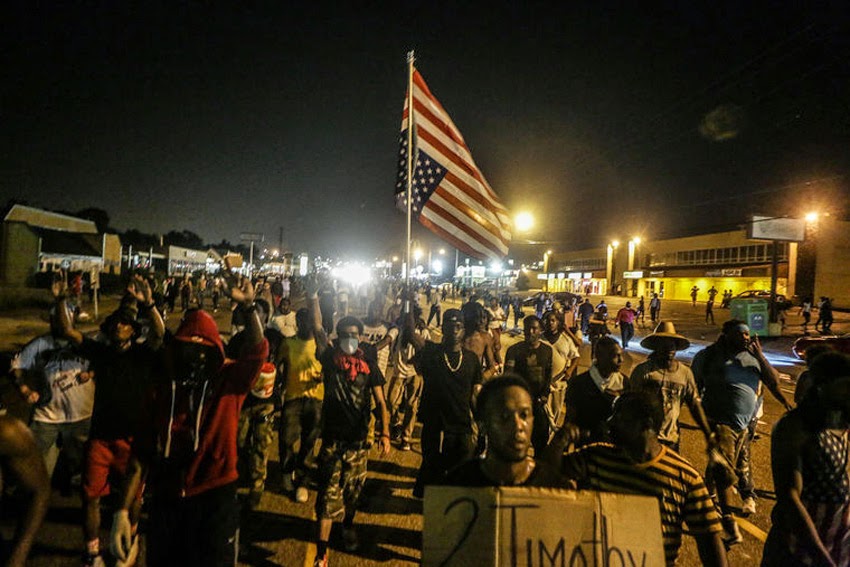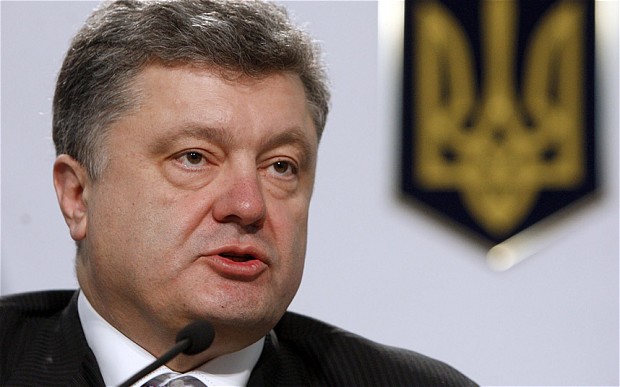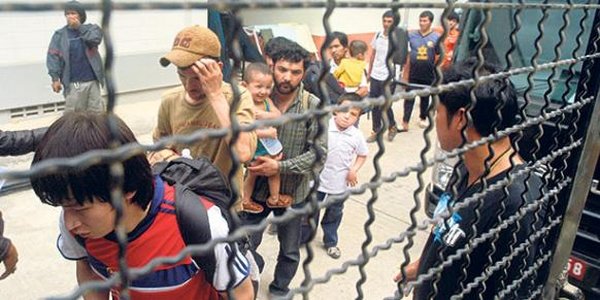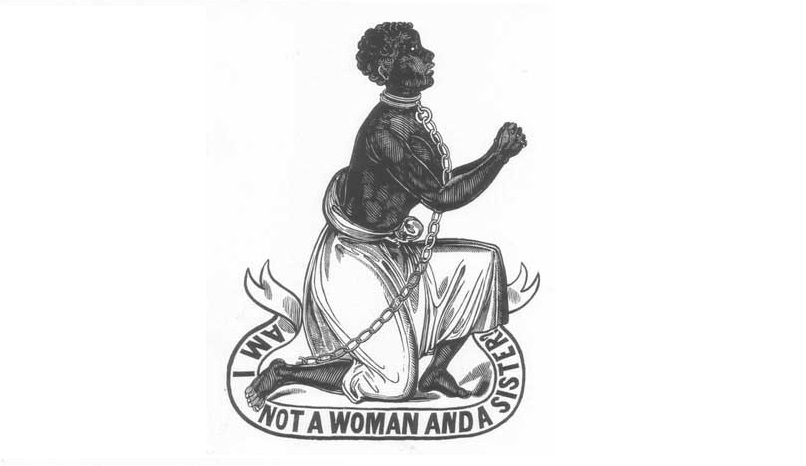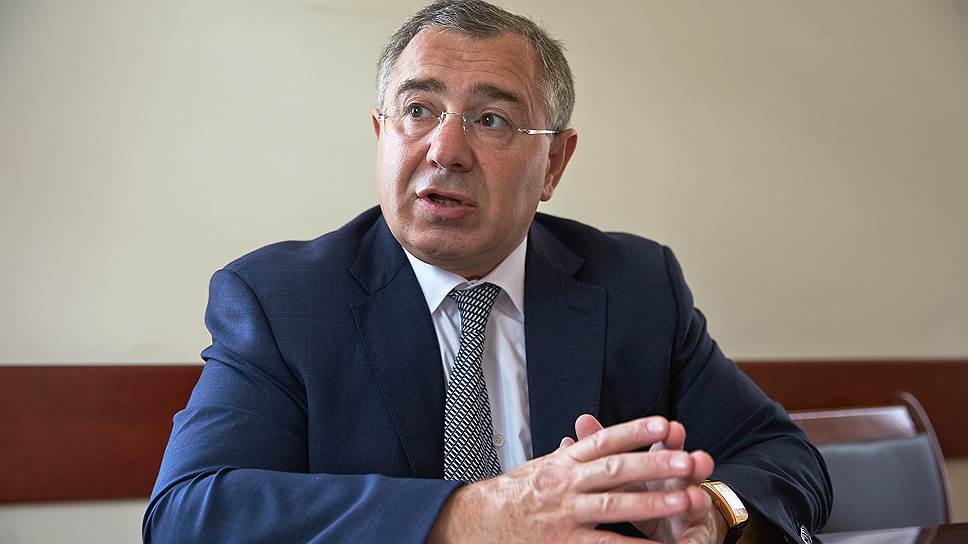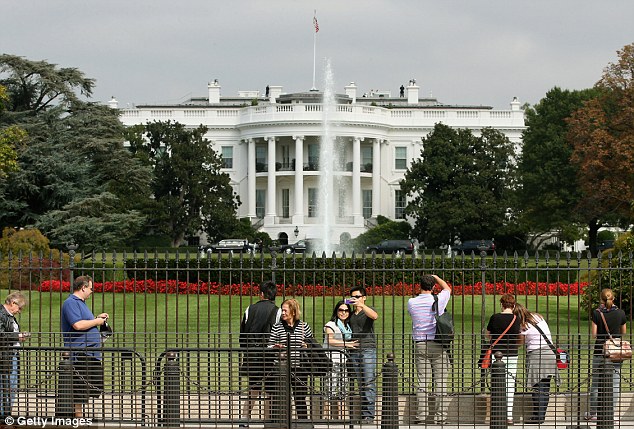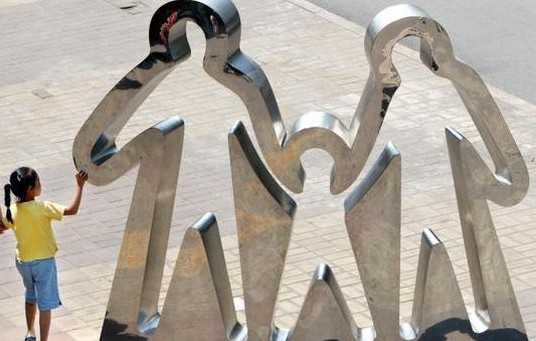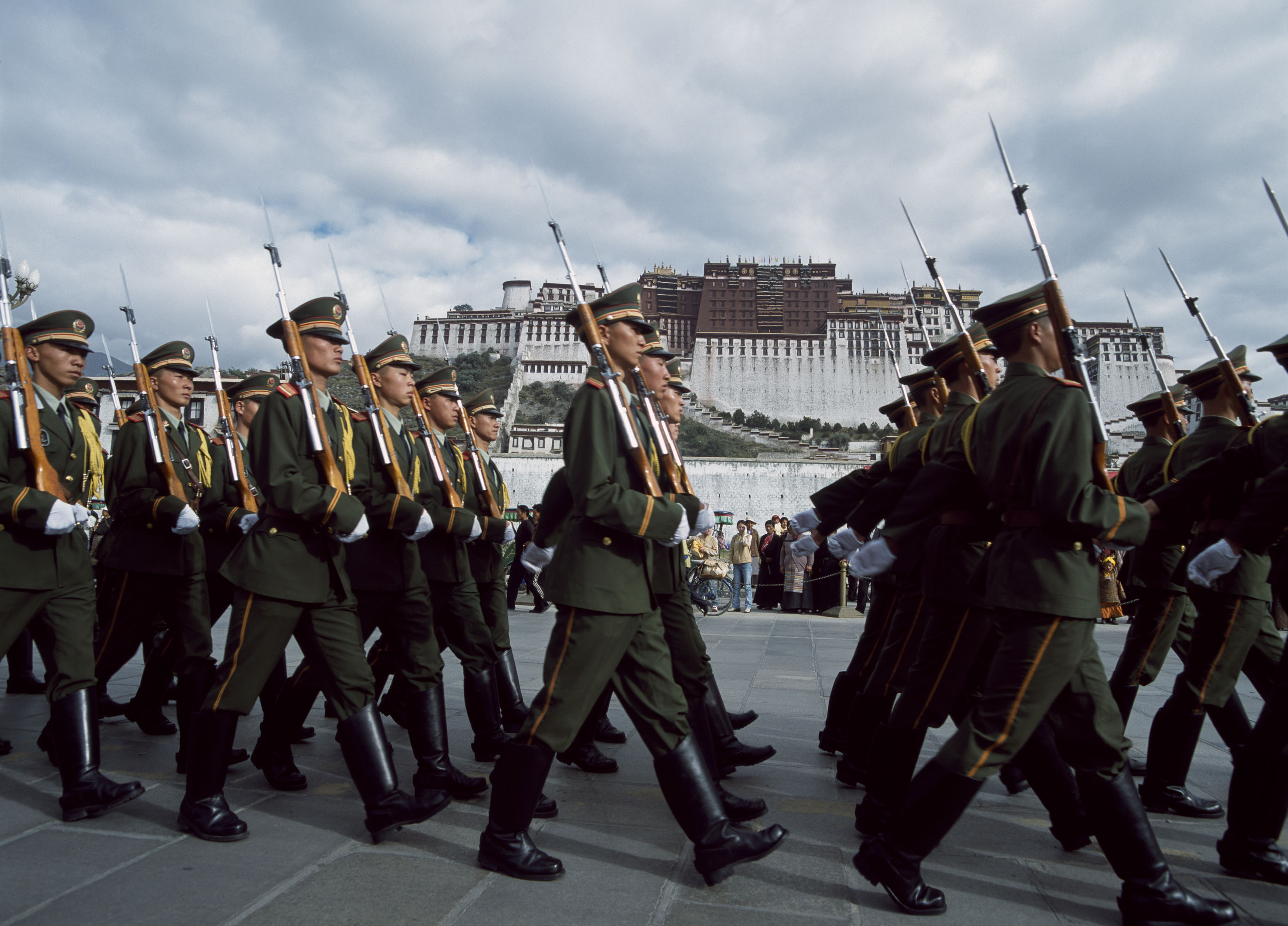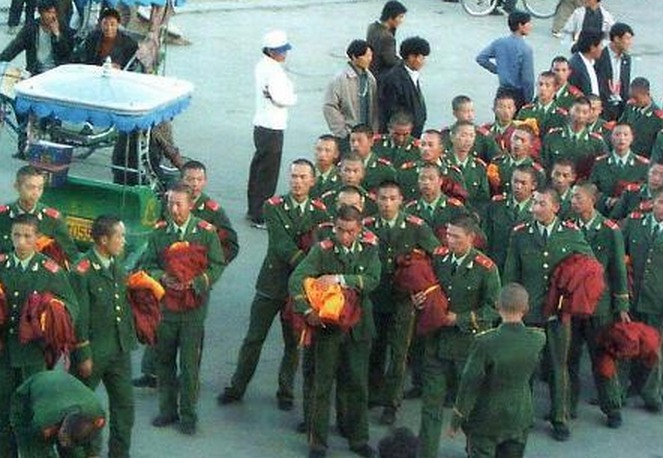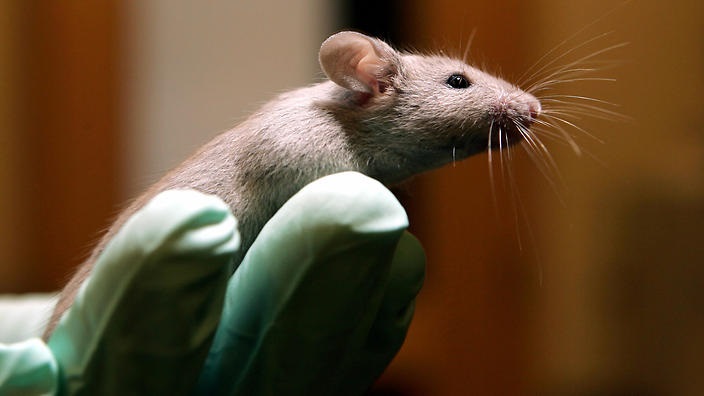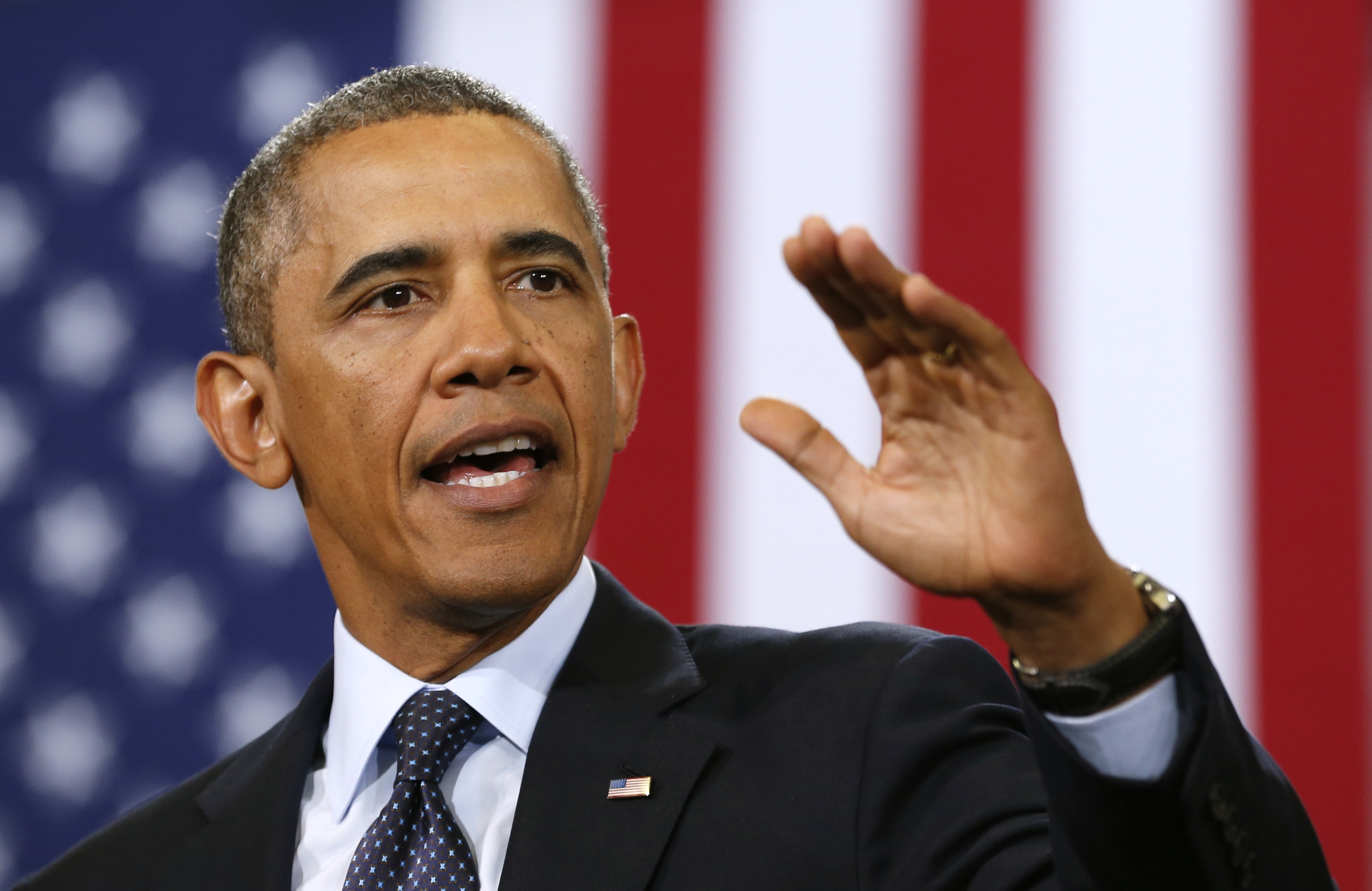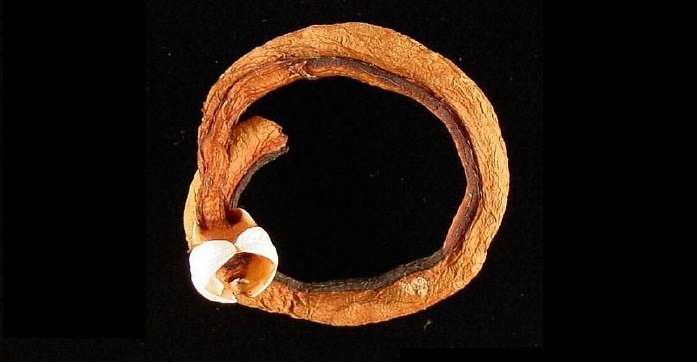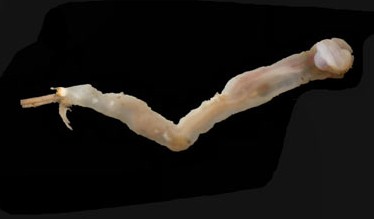The Ferguson shooting continues to incite rage and chaos as the decision for or against indictment of the police officer charged in the shooting of Michael Brown began. Police officials fear that if the jury decides in favor of the suspected police officer, this will trigger the people protesting against the alleged killing of Michael Brown to more violence in the streets of Ferguson. Missouri governor Jay Nixon has declared a state emergency, anticipating the possible reaction.
Nixon spoke on the declaration of emergency Monday and explained it as a way to facilitate ventilation of feelings and recognizing of how the people might have viewed the Ferguson shooting. Nixon revealed that the Ferguson county police department had appointed national guards that will be in charge of watching over any protest that may arise.
A number of demonstrators marched and protested against the what some alleged was a racist view of the Ferguson shooting. A number of incidents of civil unrest took place following the Ferguson shooting incident of 18-year-old Michael Brown in downtown Ferguson on August 9. More people joined the protest causing police concern. Despite assurances from US government and President Barack Obama himself, people in Ferguson remained skeptical that the shooter would be given a fair trial. The folks in Ferguson continue to think that there is a higher possibility that the grand jury will acquit suspected police officer, Darren Wilson, of the alleged crime. As people await the decision of the grand jury, which is expected to be declared this month, they have become increasingly impatient.
Institutions in downtown Ferguson are also preparing for the jury’s decision. Many schools are employing early dismissal for students for safety if any violent protest occurs. Small businesses are also employing protective mechanisms for their establishments should violence arise. Most residents feel that the possible occurrence of violent protest is owed to the fact that Wilson may be given a chance to go back to his work as a police officer if proved to be innocent of any wrongdoing in the Ferguson shooting. These possibilities weigh heavy on the minds of most protesters, and they have organized various actions that will be taken in response to such a decision by the jury.
Meanwhile, Governor Nixon said that he hoped peace would overcome any violent reactions that might come from the crowd. Although he was hoping for a peaceful protest following the jury’s decision, Nixon emphasized his obligation and the government’s in making sure that violence and fatalities would not occur. A contingency plan was therefore arranged together with other Ferguson police officials.
Although the opposing parties have each prepared for the release of the grand jury’s decision, Governor Nixon stated that no specific date has been decided for the announcement. However, St. Louis County prosecutor Bob McCulloch revealed that the grand jury was expected to make the decision later this month. Even the US justice department, which is conducting a separate investigation into the Ferguson shooting, has not yet revealed any information about the final decision of the case. No matter what happens, Governor Nixon as well as the Ferguson police department is hoping for the best resolution of the Ferguson shooting.
“My hope and expectation is that peace will prevail,” Nixon stated to press Monday.
By Evelyn Mae A. Rosales
